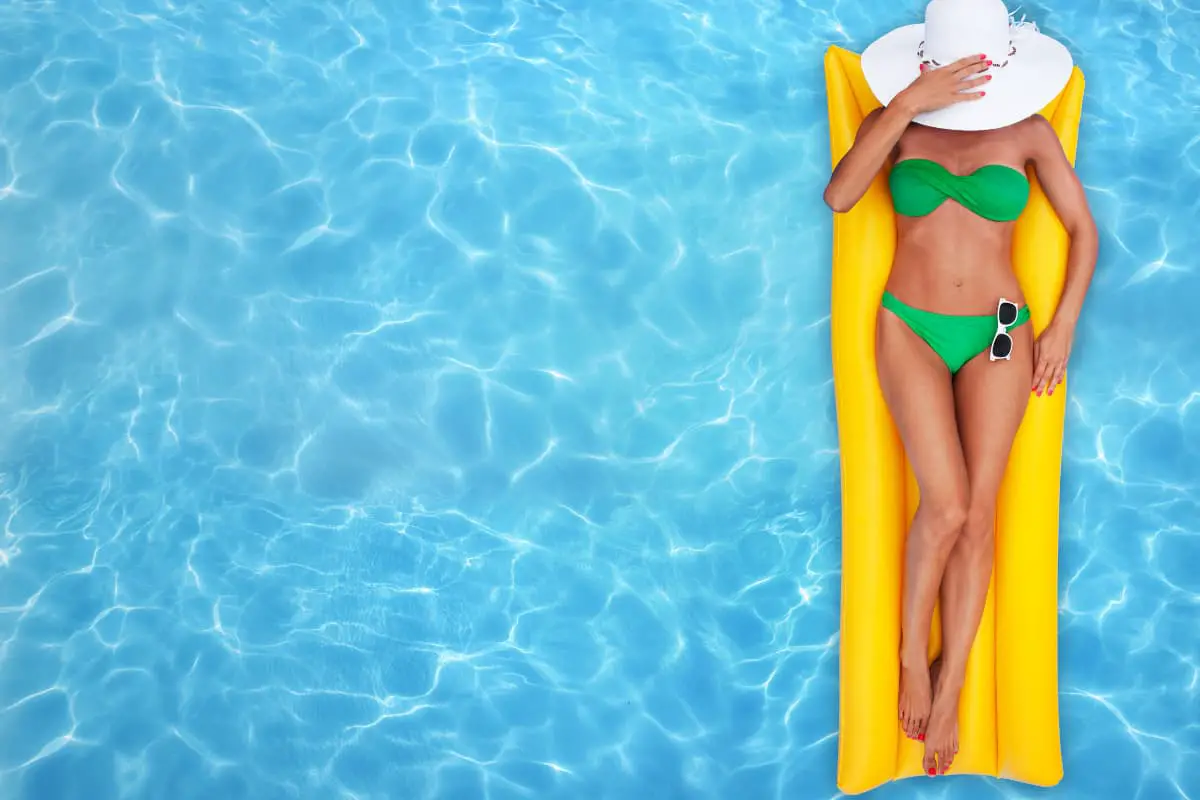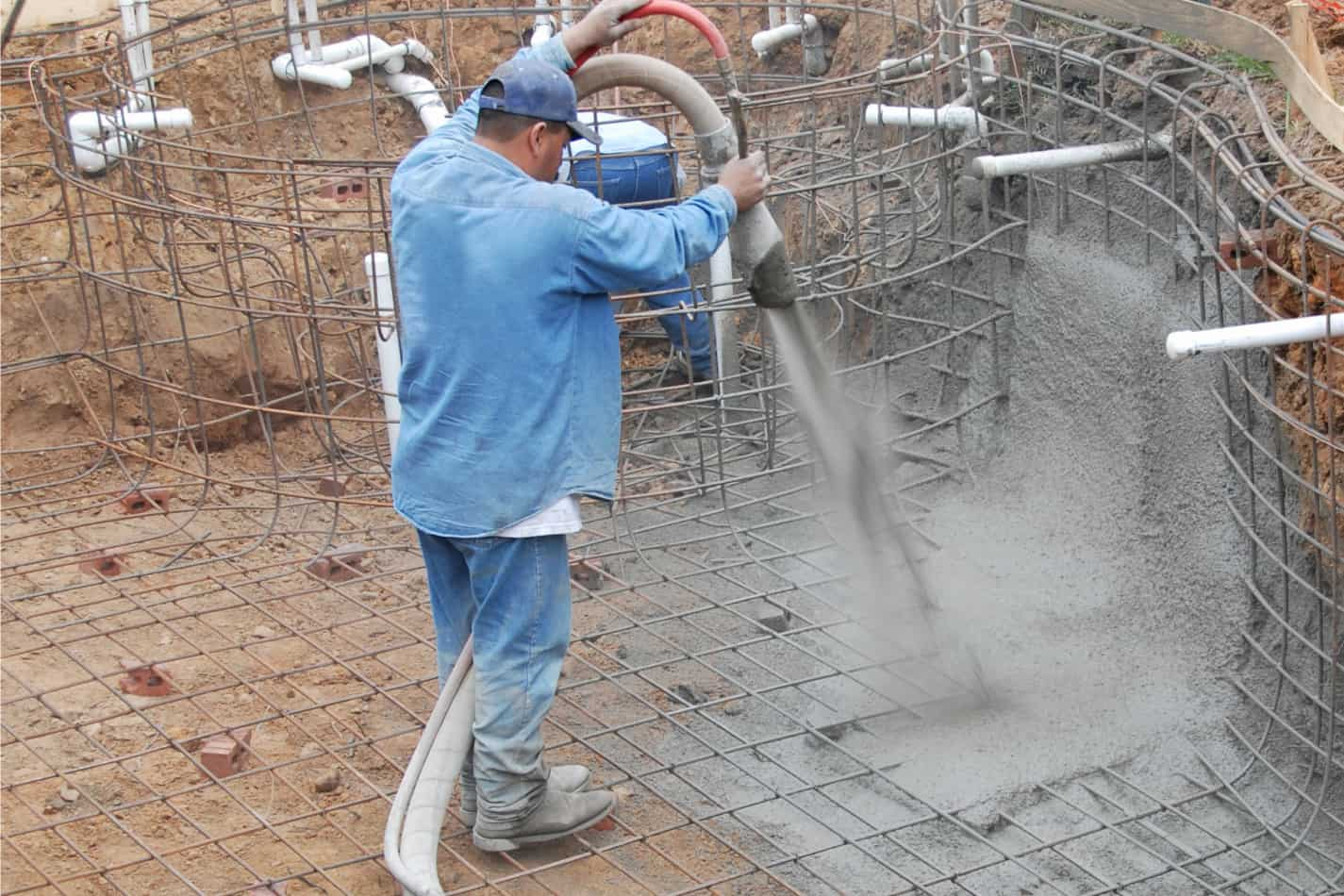Pool Backwashing: Where Does the Backwash Water Go?
As an Amazon Associate I earn from qualifying purchases.
One concern of pool owners is where to dispose of backwash water. This becomes even more complicated if a disposal system is not previewed during the pool installation.
The water pumped from the pool when you backwash a pool filter or vacuum a pool to waste does not return to the pool, so there must be a means to get rid of it. So, where does it go?
In this article, we will be answering the question of where the pool backwash water goes. Read on to learn more about where the backwash water goes.
There are regulations on how and where wastewater should be disposed of, including pool backwash water. For example, the US EPA has rules on the Disposal of Swimming Pool Backwash Water.
Also, a general environmental duty is imposed on all people engaging in a polluting activity to take all reasonable and practicable measures to prevent or minimize any ensuing environmental harm.
If you’re wondering where your pool water goes, search no further; this post will provide all the answers you need.
Where does the pool backwash water go?
The following approaches are among the many ways in which you can manage your pool’s backwash water.
Backwash water disposal.
Backwash water from all swimming pools can be sent to a sewerage drainage point in regions connected to the sewerage system. New swimming pools should be permanently connected to the sewer at installation or construction, with SA Water’s permission.
Before a permanent connection can be constructed in areas served by a septic tank effluent disposal scheme (STEDS), the local municipality running the STEDS must give its consent.
Any backwash water should be sent to the drain between the septic tank and the common sewage drain, bypassing the septic tank. Backwash water should not be released into the septic tank under any circumstances.
Backwash water should be released to a grassed, vegetated, or garden area in unsewered areas or a stone-filled trench open to the surface or underground, similar to a septic tank absorption field.
Any discharge-related surface runoff should be contained inside the property boundaries.
You can Reuse your pool’s backwash water for irrigation.
Backwash water can be used to irrigate the garden or grass. Salt chlorinated pool water necessitates salt-tolerant plant species, and it’s a good idea to rinse the region with clean, good-quality water regularly.
You can dispose of it on the streets.
Depending on where you reside, you may be able to drain pool water into the street. It might be legal in some countries or cities, but not in others.
In some cities such as Phoenix, citizens are not permitted to dispose of backwash water into the streets.
Instead, they recommend that the water be thrown into grass or other portion of the landscaping unless it is of a significant amount, such as when emptying a pool, in which case it could be released into the city’s sewer system via the home’s sewer cleanout.
The main reason for not being able to discharge into the street, storm drains, curbs, gutters, channels, and so on is because they flow to creeks, rivers, and lakes if the water is not treated first. Pool water contains chemicals like chlorine, which can negatively influence the environment.
Pool water that enters the sewer system is treated before being discharged into rivers, reservoirs, and other bodies of water, ensuring that it does not harm the ecology of the waterways.
However, you have to check your local legislation to discover what fines are allowed for discharging water into the drainage system.
You can recycle your pool’s backwash water and reuse it for swimming.
Recycling treated backwash water to top-up swimming pools, and spa pools are encouraged to save water, as long as the backwash water is treated to an acceptable quality and public health measures are in place.
Swimming pool backwash water must be treated to a certain standard before being recycled into the pool because pool water may be swallowed accidentally by swimmers.
The quality of recycled backwash water should meet the Drinking Water Guidelines of your country or city, and safeguards to prevent system failures should be in place. A risk assessment should back up any variations from the recommendations of your area.
Note: Backwash wastewater reuse must be thoroughly evaluated, and a water reuse strategy must be devised. Environmental Health Risk Assessment – Guidelines for assessing human health risks from environmental hazards] should be used to conduct a health risk assessment.
What should I consider when assessing health risks?
- Reduction of salinity or total dissolved solids
- Treatment / pre-treatment / disinfection
- Environmental grants
- Savings on discharge to trade waste
- Costs of reuse
- Storage
- Potential reuse options
More Options on where your backwash water can be disposed of.
- Because water is scarce in many parts of the world, treated backwash water can be reused for cleaning and gardening and recycled into pools and toilet flushing if properly purified.
- Use the backwash to irrigate grass or any other area of your property where water can soak into the soil.
- You can backwash into your private sewer cleanout on your property rather than into the storm gutter,
- If you’re on a septic system and don’t have enough land to discharge, you can hire a professional to pump the pool water into a truck and transport it away from the house.
Conclusion.
Chlorine, bromine, algaecides, biocides, water conditioners, stabilizers, and other chemicals that can stay in the environment for a long period may be present in backwash water.
Backwash water contains pollutants and contaminants that collect in dry washes and streams over time, eventually settling in urban lakes and streams and becoming hazardous to fish and other aquatic life.
Without appropriate treatment, backwash water should never be reused or recycled. In different parts of the United States and other countries, there are varying rules about where to dispose of pool water.
You should check with your local government to see what you can do in your area. Under no condition should backwash water be dumped directly into the environment or the stormwater system.


